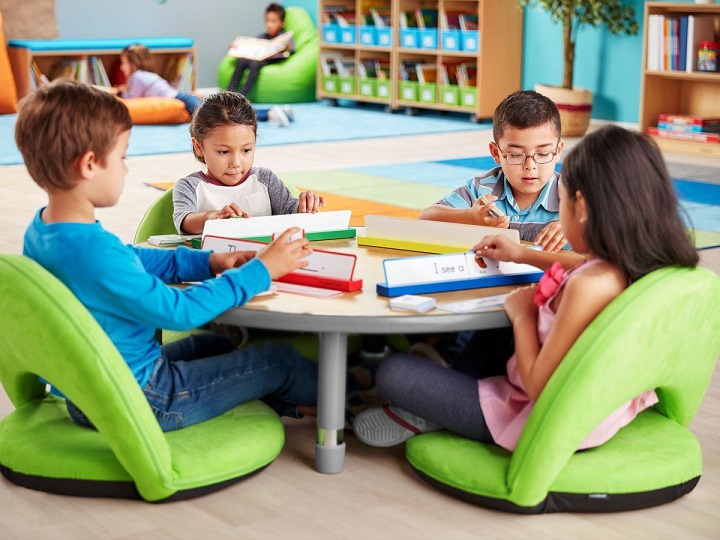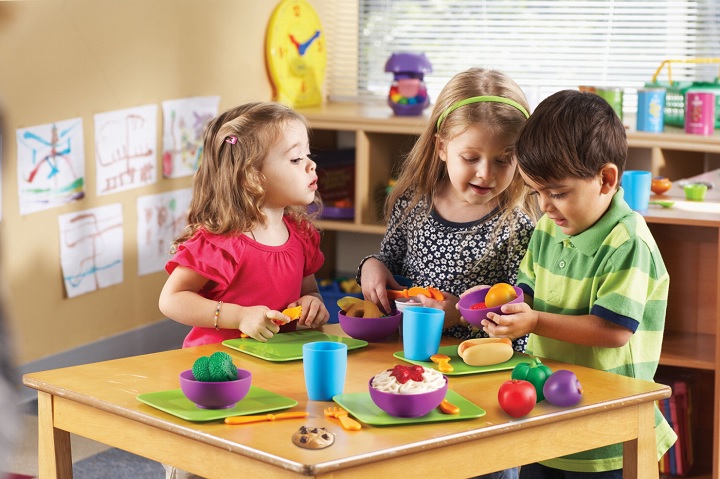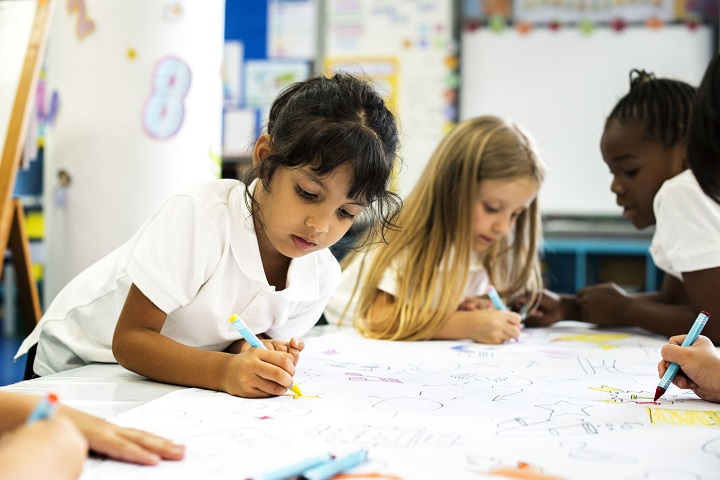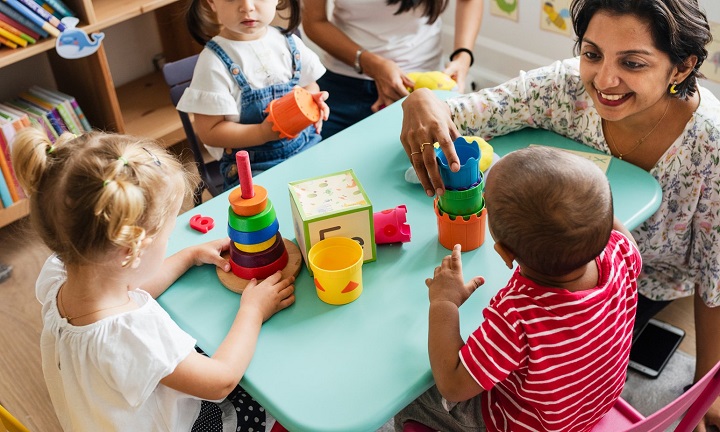Classroom Furniture: Reasons to Get Kids Activity Tables for Your Students
Classrooms are spaces where all students should feel comfortable, pleasant and motivated to learn new things. And when it comes to creating a pleasant learning environment, you can always upgrade your classroom with a new spacious whiteboard, cozy flexible furniture or separate storage space for each of your students.
Speaking of classroom furniture, activity tables for kids have made a huge buzz among teachers worldwide. And it’s no wonder why, considering all the benefits your students can reap from them, promoting the collaborative learning method. If you’re wondering why should activity tables become a part of your daily teaching routine, we’ve put together some of the biggest benefits.
Developing Fine Motor Skills

Many of the preschool and daycare centres are integrating daily physical activities that are stimulating the development of kids’ general motor skills. But it’s significant how only a few of them are incorporating activities that stimulate the development of the kids’ fine motor skills. Hence, to develop your students’ motor skills, don’t hesitate to buy a kids activity table for your classroom.
In fact, these tables are excellent for stimulating fine motor skills since kids need to use their hands to interact with different objects, such as markers, colours, paints, magnets and different tiny objects for playing educative games.
Developing Cognitive Skills

Children’s activity tables are excellent for developing children’s brain and cognitive skills. While interacting with different items, they aren’t only learning to handle them with their hands, but they’re also learning to count numbers, match colours and organize different stuff.
Also, by playing educative games for stimulating brain development, kids are being motivated to share ideas with each other for solving different challenges. Hence, this can be very useful to teach your students how to work in teams and accept and acknowledge diversity and different ideas. Stimulating these cognitive skills will result in healthy adults that know how to communicate and function in dynamic environments.
Social and Emotional Developing

While playing and interacting with each other, kids are learning how to express their emotions as they’re getting different feedback from different objects on the table as well as from the other students. This is very useful when it comes to developing their sense of sight, sound, touch and smell, as well as learning social skills of sharing and having empathy towards other people.
Developing Creative Skills
When children are seated on a kids activity table to practice different activities such as painting, drawing, modelling shapes or creative play, they’re given the freedom to express their feelings and their thoughts.
Except for making the learning process more amusing, these activities are also excellent for stimulating kids’ creativity flow and skills. On top of that, giving your students to experiment with different colours, textures, weights and objects and share their ideas with each other will give them an additional self-confidence boost to be more curious, explore new ideas and be more creative.
Relaxing Activities
Collaborative learning tables are perfect to soothe hyperactive children and make them engage in different activities. In other words, you can always capture your students’ attention and make them productive by presenting new objects, colours or textures. Not only do kids find these activities very relaxing, but they’re also having a lot of fun and learning at the same time.

How to Choose the Right Activity Table?
When it comes to choosing the right activity table for your classroom, you’ll come across a bunch of different brands offering different models. This is why it’s important to pay attention to a couple of features – material, shape, size and safety.
When it comes to choosing an activity table material, laminate, plastic and whiteboard are the best choices, since they’re very durable and easy to clean. On top of that, these tables are also very lightweight, which additionally makes them very suitable for working with kids.
When determining the right size, it’s best to calculate how many children you’re about to seat at a single activity table. As much as there’re many activity tables suitable for two, three and up to five children, remember to give them enough space for different activities as well as their own personal space. When it comes to height, height-adjustable activity tables are the perfect one-time investment, since they can be used for a long period and for different age groups.
Also, it’s useful to know that different shapes will impact productivity in the classroom in different ways. For instance, rectangular and round tables are considered better for older kids since they can come in very handy when it comes to meetings, collaborative learning sessions and different events. On the other hand, kidney and horseshoe-shaped tables are better for smaller kids, since they’ll allow you to stand in the middle and help your students focus on different activities.
Finally, don’t forget to consider some safety aspects of differently shaped tables. For instance, square tables may inspire productivity and make everyone around the table feel equal, but sharp and hard edges should be avoided at all costs, especially when it comes to creating a safe space for kids. Also, when working with small children, it’s best to choose a table that features short and sturdy legs, as this can be useful to prevent them from pulling the table onto themselves.
Now that you know how beneficial activity tables can be and how to choose them, don’t hesitate to hit the market and equip your classroom for the best learning experience.
